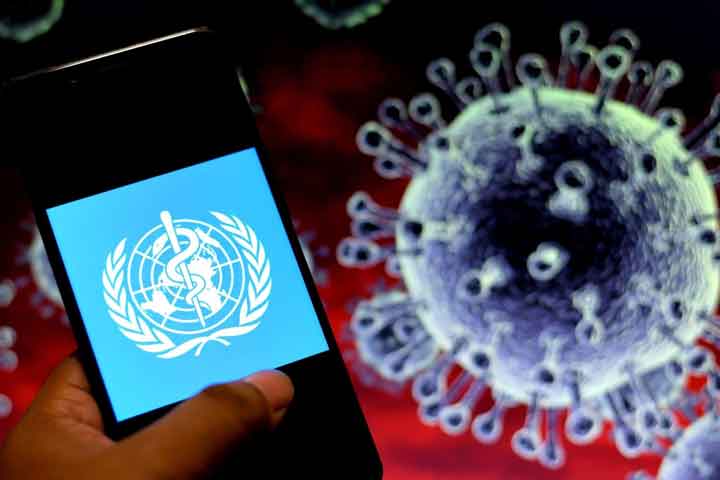WHO says COVID-19 is no longer a global health emergency
The coronavirus pandemic is over as a global health emergency, the World Health Organization said — while stressing that the virus "is here to stay."
The World Health Organization (WHO) on Friday said that coronavirus was no longer a global health emergency.
The UN's health agency had COVID declared as a "public health emergency of international concern," its highest level of alert, for over three years.
What did the WHO say?
WHO Director General Tedros Adhanom Ghebreyesus stressed that the announcement does not mean COVID-19 is over as a "global health threat," but rather as an emergency.
Tedros added that he wouldn't hesitate to reassess the situation should COVID-19 "put our world in peril."
Still, the WHO chief said the world had seen a downward trend of the coronavirus for over a year as he acknowledged that most countries have already returned to life as it was before the pandemic hit.
"COVID has changed the world, and it has changed us. And that's the way it should be. If we go back to how things were before COVID-19, we will have failed to learn our lessons, and failed our future generations," said Tedros.
He went on to warn against "pandemic fatigue," saying: "This virus is here to stay, and all countries will need to learn to manage it alongside other infectious diseases."
Millions of deaths around the world
According to the WHO, reported deaths related to COVID-19 dropped by 95% since the start of 2023 as of April.
For the week beginning April 24 this year, the most recent with complete WHO data, the organization logged 3,568 deaths worldwide. That compares with 41,529 in the week beginning January 2 — amid a small midwinter spike in the caseload.
At the height of the pandemic, meanwhile, weekly global figures had peaked at around 100,000.
Since the start of the coronavirus pandemic, over 765 million infections and nearly seven million deaths were officially reported to the agency. But Tedros said the number of deaths estimated to have taken place as a result of the pandemic — if not necessarily because of a COVID infection — was at least 20 million.
The figure was estimated based on comparisons of the numbers of excess deaths — the figures of all deaths beyond the norm during a crisis worldwide — since 2020 to the pre-pandemic figures.
The WHO previously said that nearly 15 million excess deaths in 2020 and 2021 were due to the coronavirus, either directly from the disease or indirectly through its impact on societies and health systems.
When did COVID reach its peak?
According to WHO figures, reported deaths related to COVID-19 reached their peak in the first winter of the pandemic, with an average of around 91,000 weekly deaths in December 2020 and January 2021. Meanwhile, the average of weekly reported cases in the same period was around 4 million.
At the time, lockdowns were in place in most countries, but vaccines were not yet available and most people's immune systems had not been exposed to the virus yet. Testing was not as widely available as it was in the two years that followed either.
The following winter, particularly in January and February 2022, fewer deaths but more cases were reported. The average of weekly deaths was around 63,000, while the average of weekly confirmed cases was around 18 million. Vaccines were available at that point of the pandemic, and more people had already been exposed to the virus in the previous two years.
WHO faced criticism over COVID
Tedros has repeatedly defended the WHO against criticism that the organization's response to the coronavirus was stalled.
Some health officials, for instance, have criticized the WHO's recommendation in the early months of the pandemic against members of the public wearing face masks.
At the time, the agency advised people not to wear masks unless they were sick or caring for someone who was ill, citing a global shortage in the production of masks, as well as a lack of studies backing their benefit.
The organization also faced a backlash for publicly hailing China's supposed transparent response to the coronavirus, while later media reports suggested that WHO officials were frustrated by the country's lack of cooperation.
Investigations into the origins of the virus have also drawn criticism to the WHO.
In 2021, the agency said in a report that the virus was likely transferred from animals to humans, dismissing the possibility that it originated in a lab as "extremely unlikely."
But the following year, the WHO said "key pieces of data" were still missing and that it could not rule out that COVID-19 might have ties to a lab.
06 May 2023,15:12
















 Live Tv
Live Tv









